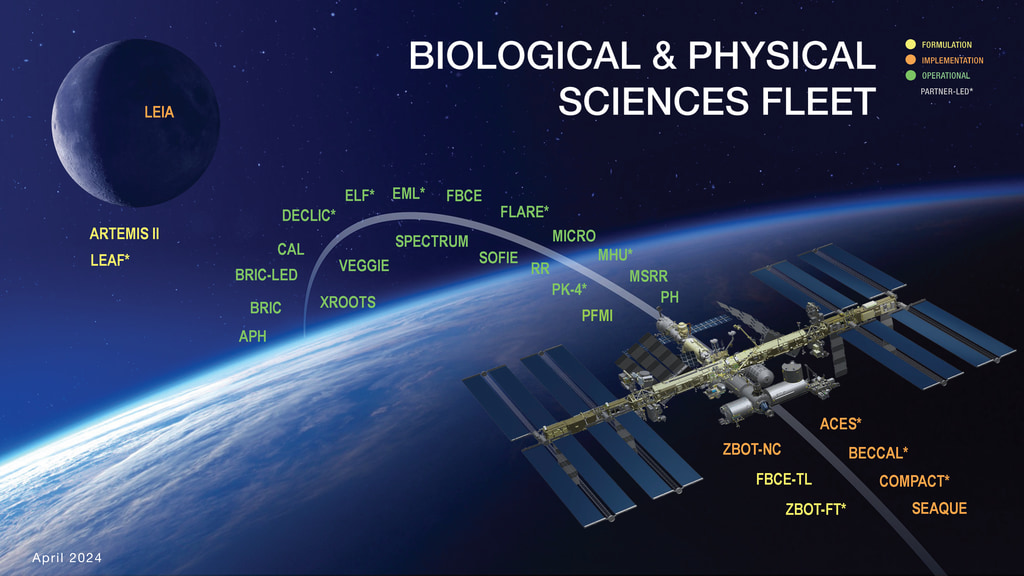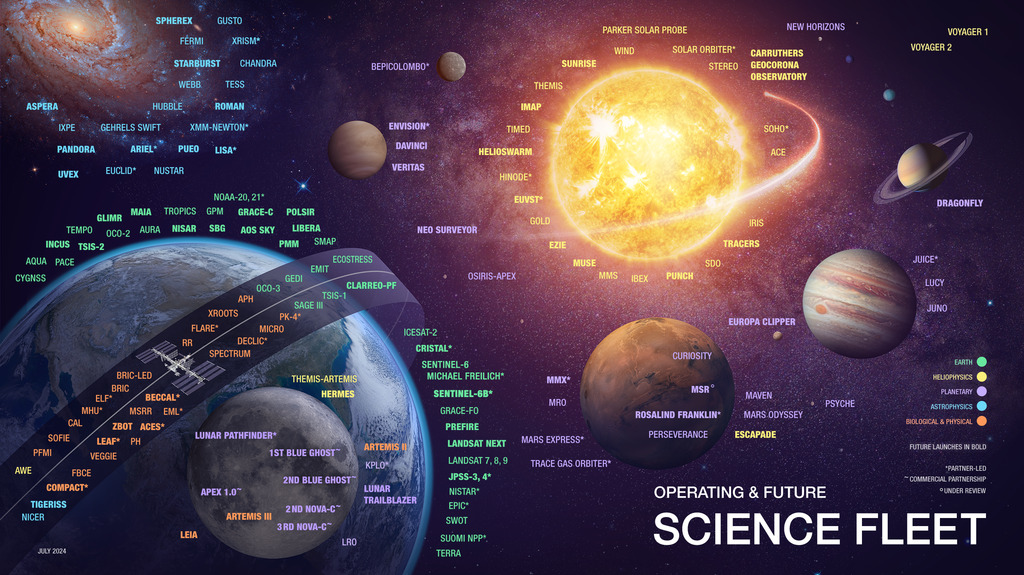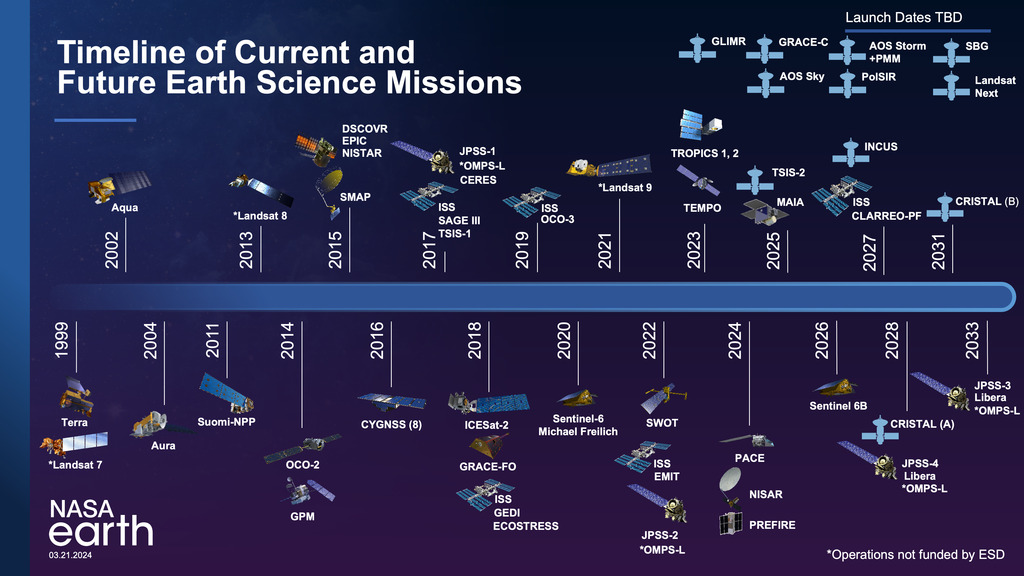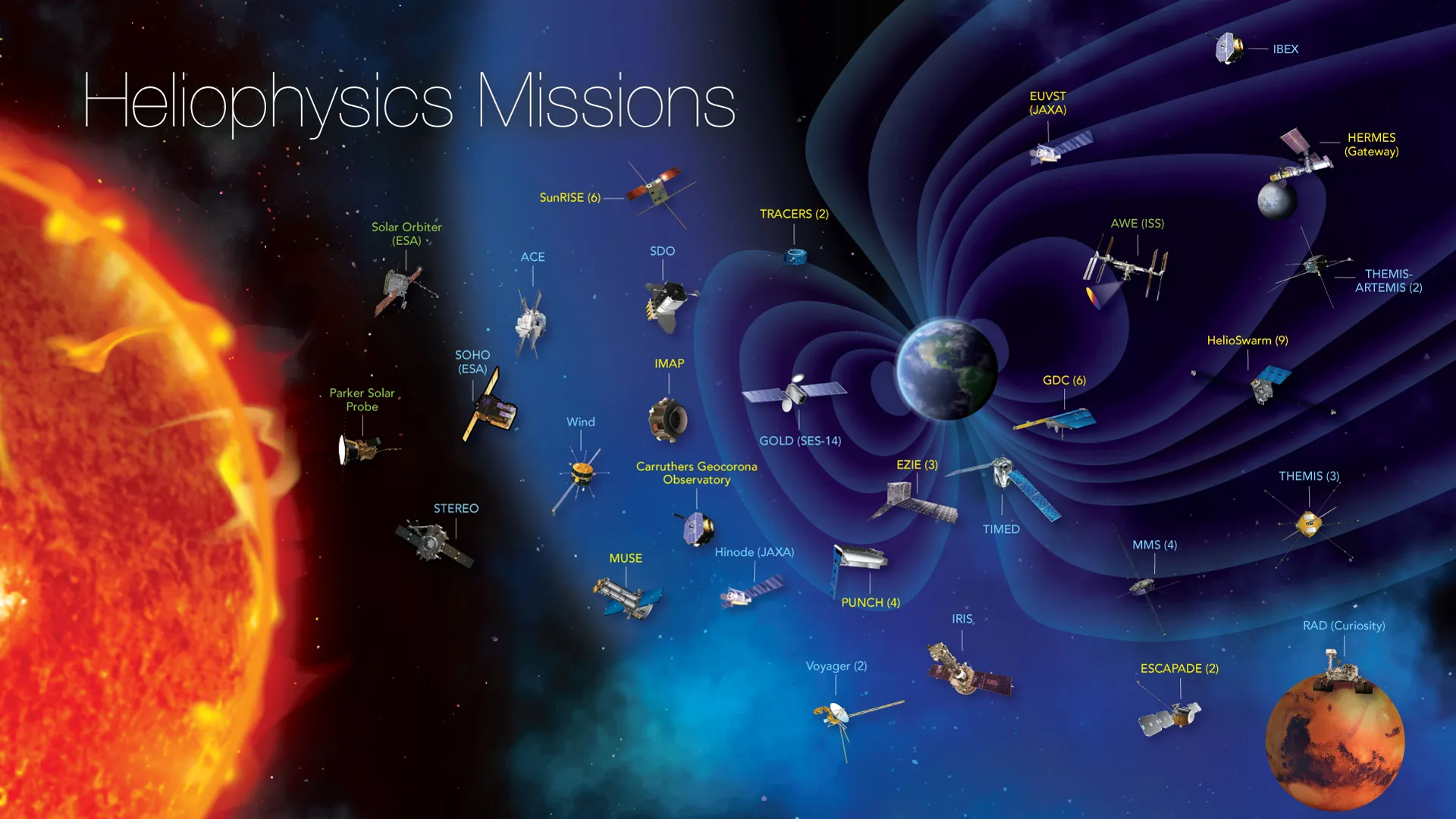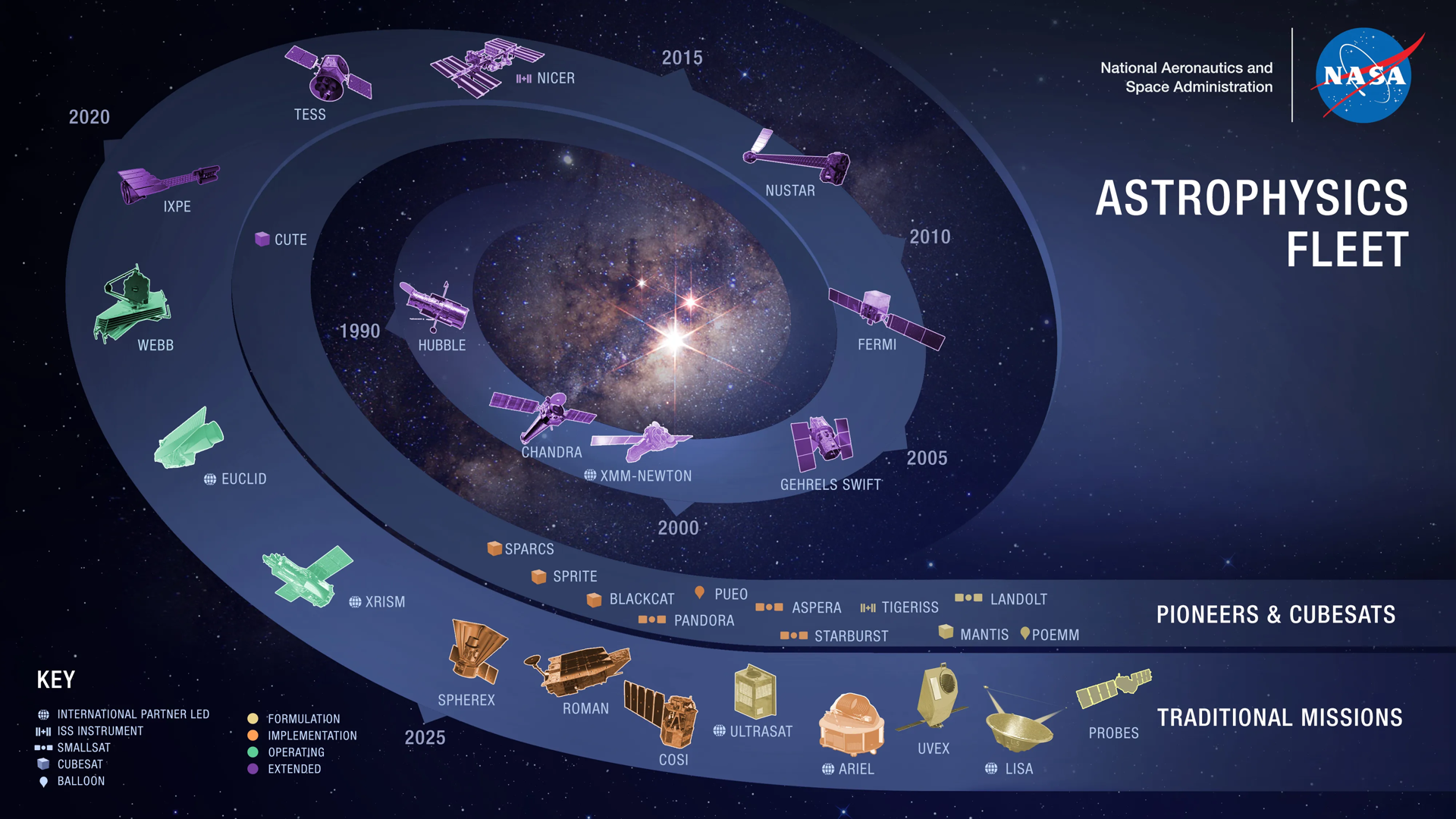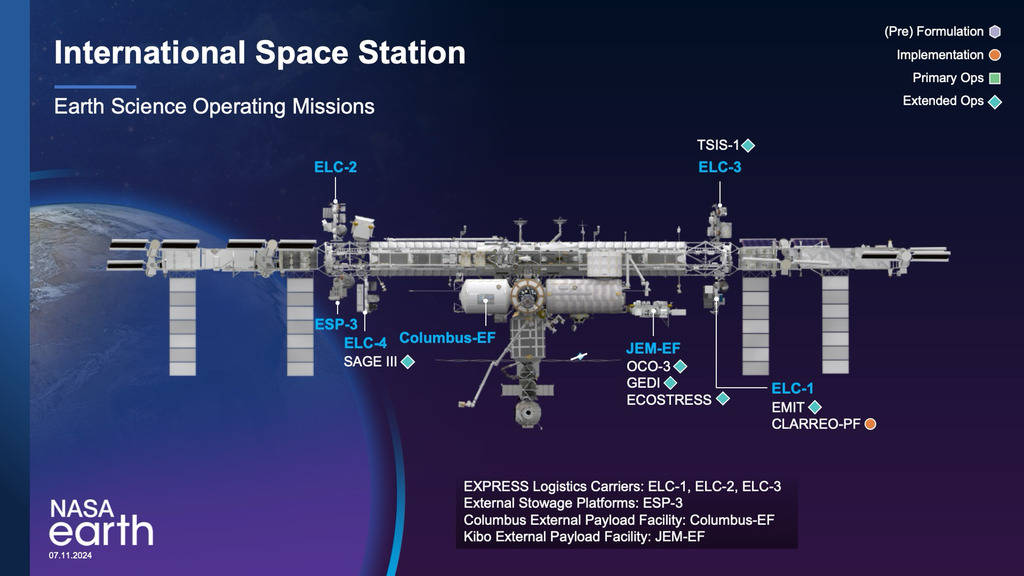NASA's Planetary Fleets, Including Mars, Venus, Discovery Missions, and Small Body Missions

The Planetary Fleet
Planetary science is a grand human enterprise that seeks to understand the history of our solar system and the distribution of life within it. Planetary science missions inform us about our neighborhood and our own origin and evolution; they are necessary precursors to the expansion of humanity beyond Earth. Through five decades of planetary exploration, NASA has developed the capacity to explore all of the objects in our solar system. Future missions will bring back samples from some of these destinations, allowing iterative detailed study and analysis back on Earth. In the future, humans will return to the Moon, go to asteroids, Mars, and ultimately other solar system bodies to explore them, but only after they have been explored and understood using robotic missions.

Lunar Missions

Planetary Science Missions Timeline

The Planetary Fleet on or at Mars

Graphic summary of US robotic missions to Mars

Graphic summary of all robotic missions to Mars

Timeline of Venus Exploration Missions

Discovery Missions

New Frontiers Missions

The Planetary Fleet - Asteroid and Small Body Missions

Planetary Defense By the Numbers
Credits
Please give credit for this item to:
NASA's Goddard Space Flight Center
-
Technical support
- Amy Moran (Global Science and Technology, Inc.)
-
Graphic designer
- Jenny Mottar (Digital Management, Inc.)
Release date
This page was originally published on Thursday, August 30, 2018.
This page was last updated on Thursday, March 20, 2025 at 3:05 PM EDT.
